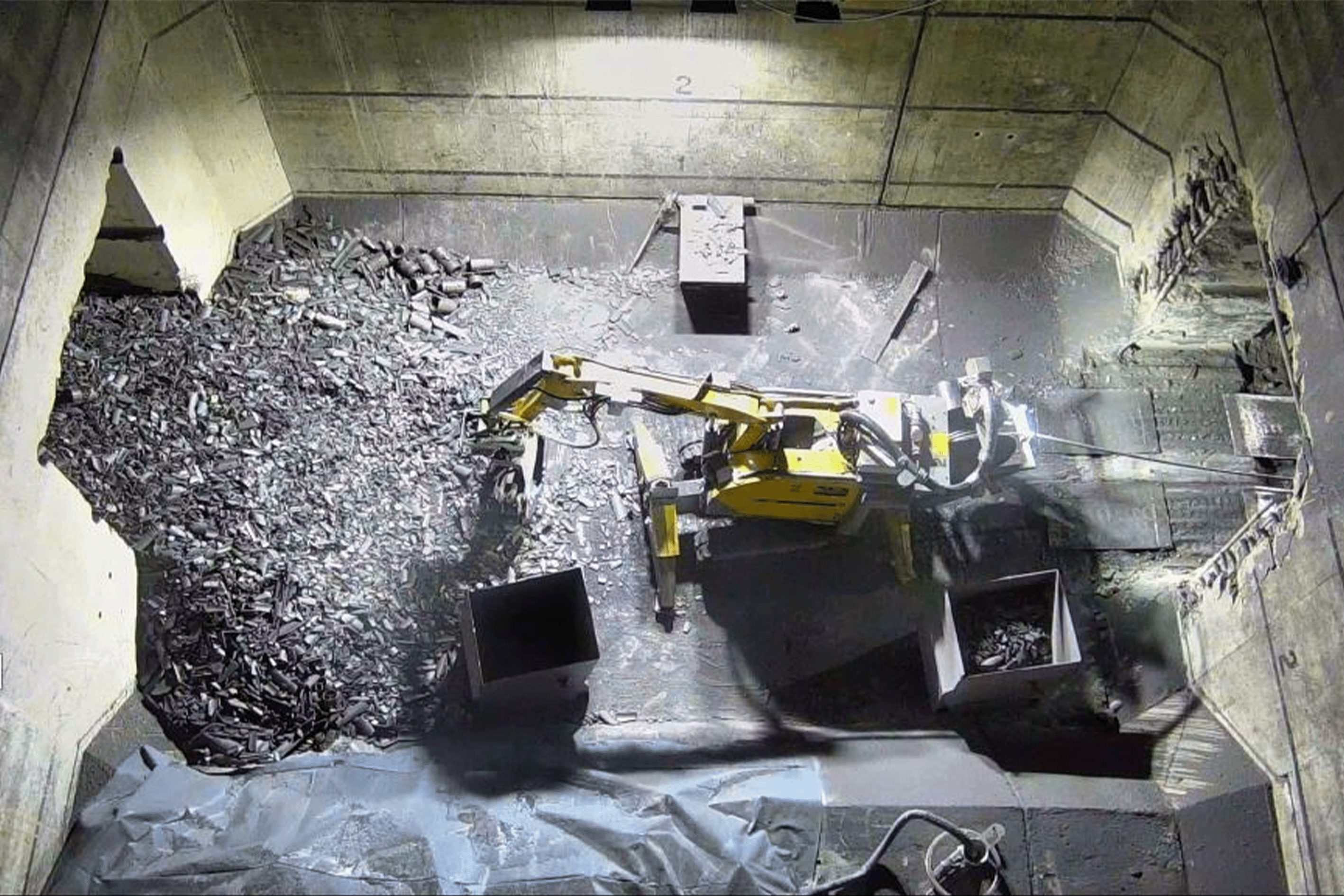Cost of matching electricity supply and demand in 2022 surpasses £4 billion for first time
Cost tripled since 2019 due to shrinking baseload and rising grid instability
The cost of balancing Britain’s power grid hit £4.19 billion last year according to Nuclear Industry Association analysis of National Grid Electricity Systems Operator (ESO) data. The total cost for 2022 is equivalent to every household in Britain paying an extra £150 as National Grid ESO says the costs “are ultimately borne by consumers.” Costs have increased 250% since 2019, when the total was £1.2 billion. In those last four years, balancing the grid has cost British consumers £9.83 billion in total.
Balancing costs have spiraled since the beginning of the energy crisis: between September 2021 and December 2022, ESO data shows £5.6 billion has been spent on balancing the electricity grid, more than twice as much as the same period from September 2019 to December 2020, which totaled £2.62 billion.
These soaring costs are a consequence of a shrinking baseload capacity as nuclear stations retire without replacement, coupled with a reliance on expensive imported gas to fill the gaps in electricity generation. The UK paid a peak of almost £10,000/MWh to prevent a blackout in July 2022.
Nuclear power helps reduce balancing costs because its output is stable and predictable day-to-day, in contrast to using gas to balance variable generation. The Government estimates building a new nuclear power station using the RAB model would cost less than £1 per month for consumers and would cut costs by £30 billion per power station in the long-term.
Tom Greatrex, Chief Executive of the Nuclear Industry Association, said:
“Consumers are now paying the price of Britain not investing in nuclear power. We urgently need to get going with a pipeline of large-scale stations and a fleet of SMRs to provide stable, predictable, clean power alongside renewables, to avoid these extremely costly and very damaging fossil-fuel induced crises.
“If we don’t act urgently with a clear policy framework, other countries will leapfrog us in attracting investors who want to develop in Britain, and we risk delivering on energy security and net zero.”
-ENDS-
Notes to editors
- National Grid ESO monthly balancing costs can be found here: https://data.nationalgrideso.com/balancing/mbss
- Great Britain and Northern Ireland operate separate power grids. The ONS estimates there are 1 million householdsin the UK. The NSIRA estimates there are 768,900 households in Northern Ireland. The NIA estimates there are 27.1 million households in Britain.
- The UK has five generating nuclear power stations, providing around 16% of the country’s electricity from 5.9 GW of capacity.
- Two stations will retire by March 2024, and all but one will retire by March 2028.
- Nuclear has saved the UK 2.3 billion tonnes of carbon emissions, far more than any other source. The saving is equivalent to all UK emissions from 2015 through 2020.
About the Nuclear Industry Association
As the trade association for the civil nuclear industry in the UK, the Nuclear Industry Association represents more than 250 companies across the UK’s nuclear supply chain.
Links
Visit our website: https://www.niauk.org/
Follow the NIA on Twitter @NIAUK and LinkedIn
For further information, please contact:
Iolo James
[email protected]
07517108023











